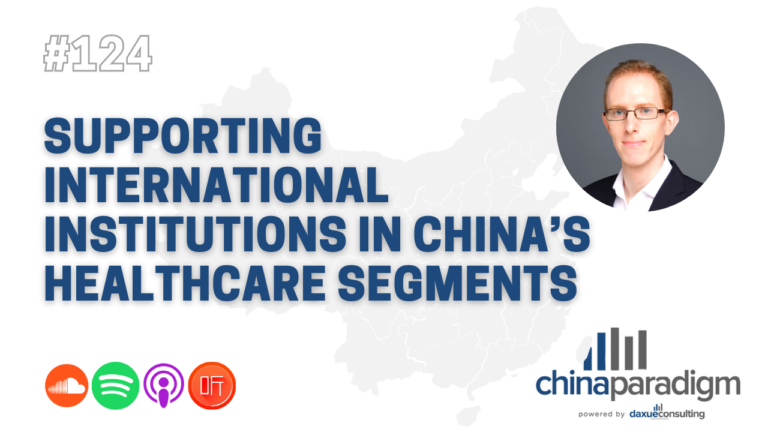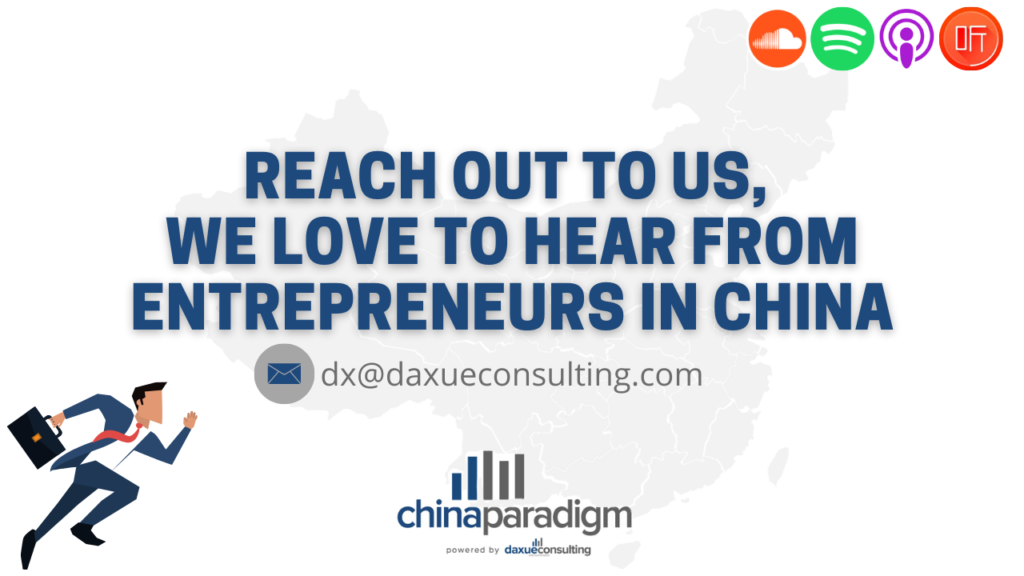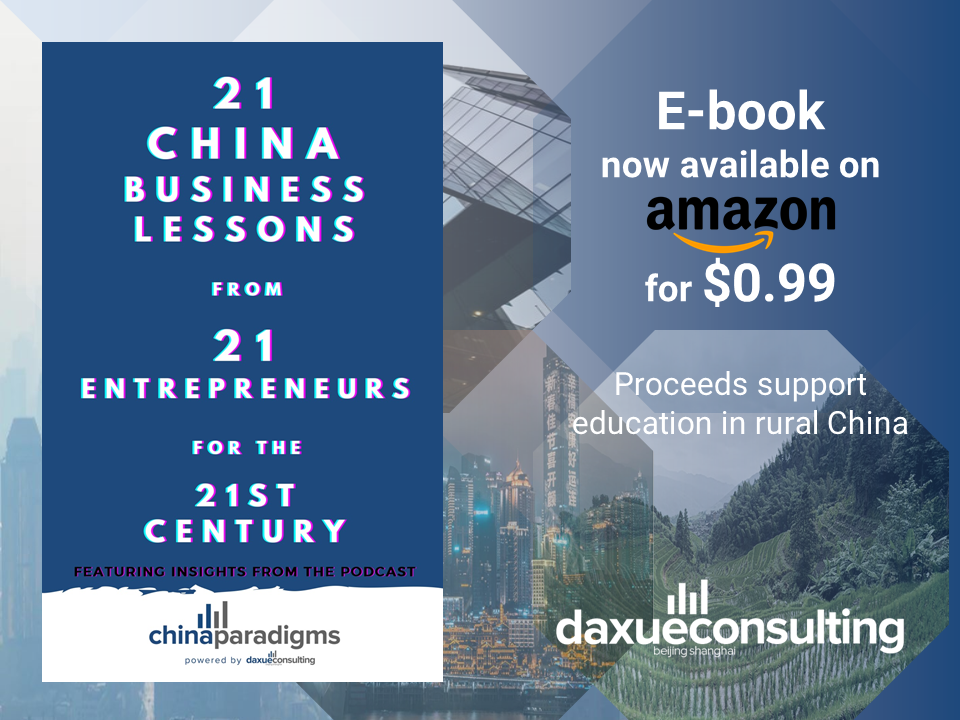Bridging business between Australia and China
China Paradigm interviewed Andrea Myles, the CEO of China Australia Millennial Project, to get familiar with her story of uniting leaders from China and Australia and developing millennial leaders and know the business model.
Andrea Myles, a knowledgeable China specialist
Andrea’s China’s journey began in 2000 when she first came to China for a neuroscience study. After found out that she was not that fond of staying in the neuroscience laboratory all the time, Andrea has opened her mind to look into bridging business between Australia and China.
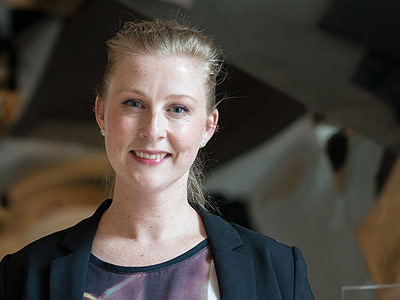
Although Andrea was a foreigner in China, she recognized that China makes her feel comfortable and even feel at home. From the very beginning, she had a different perspective on China compared with other foreigners. While studying at Chinese universities and leaving in China for several years, Andrea was impressed by the Chinese young students with unique and colorful ideas and the way of thinking. Since then, Andrea has begun to notice the common characteristics for entrepreneurs and young leaders in China and Australia, such as a global mindset, digitally native, and socially responsible. This observation inspired Andrea to unite leaders from China and Australia through the China Australia Millennial Project.
China Australia Millennial Project, unite leaders from China and Australia
China Australia Millennial Project is a cluster of talented people from different fields, some of them are still students who have an entrepreneurship mindset, others are already well-known experts in specific sectors. About 100 people complete this program every year. Andrea gathers these millennial leaders to tackle real problems, so there is no strict limit in age requirement. All the requirement and objective is as Andrea said:
“We’re looking for diversity of thinking & how we can consider putting that together.”
The project takes 100 days in total, including 90-days online business module and 10-days on-site practice; participating in this project, people will be divided into groups according to their business interests.
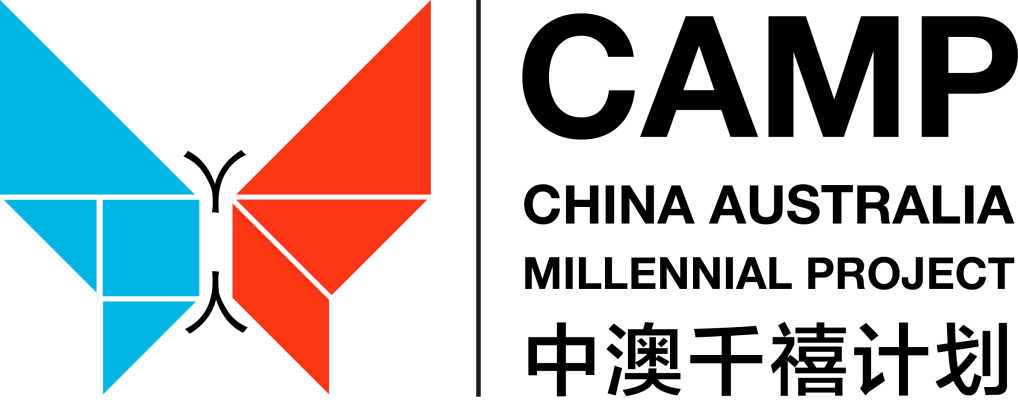
When Andrea gets knowledge of their business interests, she will relate it with China and Australia macro development trend, for example, some of their interests are actually in accordance with governments’ policy:
“We take a look at what’s in Australian national interest then what’s in China’s five-year plan & the overlap of that is the future opportunity trajectory for a young person. We also overlay that the overlap with the UN sustainable development goals.”
This project is aiming to unite leaders from China and Australia to find start-ups that can take some social responsibilities. It is necessary for young leaders to solve real problems because they are the future of countries, and some problems will be too large for a country to solve by themselves.
How to find the most suitable person for the bridging business between Australia and China project
As being mentioned, the age requirement is not that strict in seeking participants, their ages vary from 18 to 35. What’s more, the composition of participants is also complex, they have different identities and occupations. Ph.D. graduates are also taken into account because they could be subject-matter experts, who are looking for entrepreneurial skill-sets that can help them commercialize their research.
The first step of bridging business between Australia and China is to find the most targeted and suitable millennial leaders:
“The typical participant is not a student, they’re young professionals, generally they have a university degree but it’s not a requirement to be in the program & basically they have to be able to show to us that they’ve put something out into the world that has been useful to somebody else & they need to be able to tell us about it.”
In order to look for this type of candidate, Andrea has visited many co-working spaces, innovation hubs, and young professional associations to pick out an entrepreneurial mindset. It is amazing to find out that, the candidates picked up and participants joined this project are quite similar in some aspects, in spite of their different nationalities and backgrounds. Therefore, they are more likely to unite in groups and create something fantastic.
What the millennial leader looks like: 3 essential qualities
After gathering all the entrepreneurial talents, Andrea’s team develops millennial leaders to maximize their potential. The project is like a community that unites leaders from China and Australia, and it is essential for Andrea to know everyone in the project individually:
“That’s 300 people (3 years) that I know personally – who I would vouch for, who would vouch for me. I created a network around myself rather than trying to hijack somebody else’s.”
Andrea regards networking as one of the most important factors in developing millennial leaders. Apart from this, Andrea also brought up the other two necessities in the process of developing millennial leaders: skill and confidence.
These three factors together are essential qualities for future leaders in Andrea’s eye, she came to this conclusion from her own experience.
She has always been a confident entrepreneur with various award-winning. One of the original intentions of this project, according to Andrea’s description, is to create her own game where every millennial leader could win an award:
“I don’t respect the rules anyway, and those rules weren’t built for me to win; I could get, maybe, halfway but if I create a game where everybody can win including people like me, then you create your network, you create some success and that has been way more rewarding.”
Listen to this episode here:





